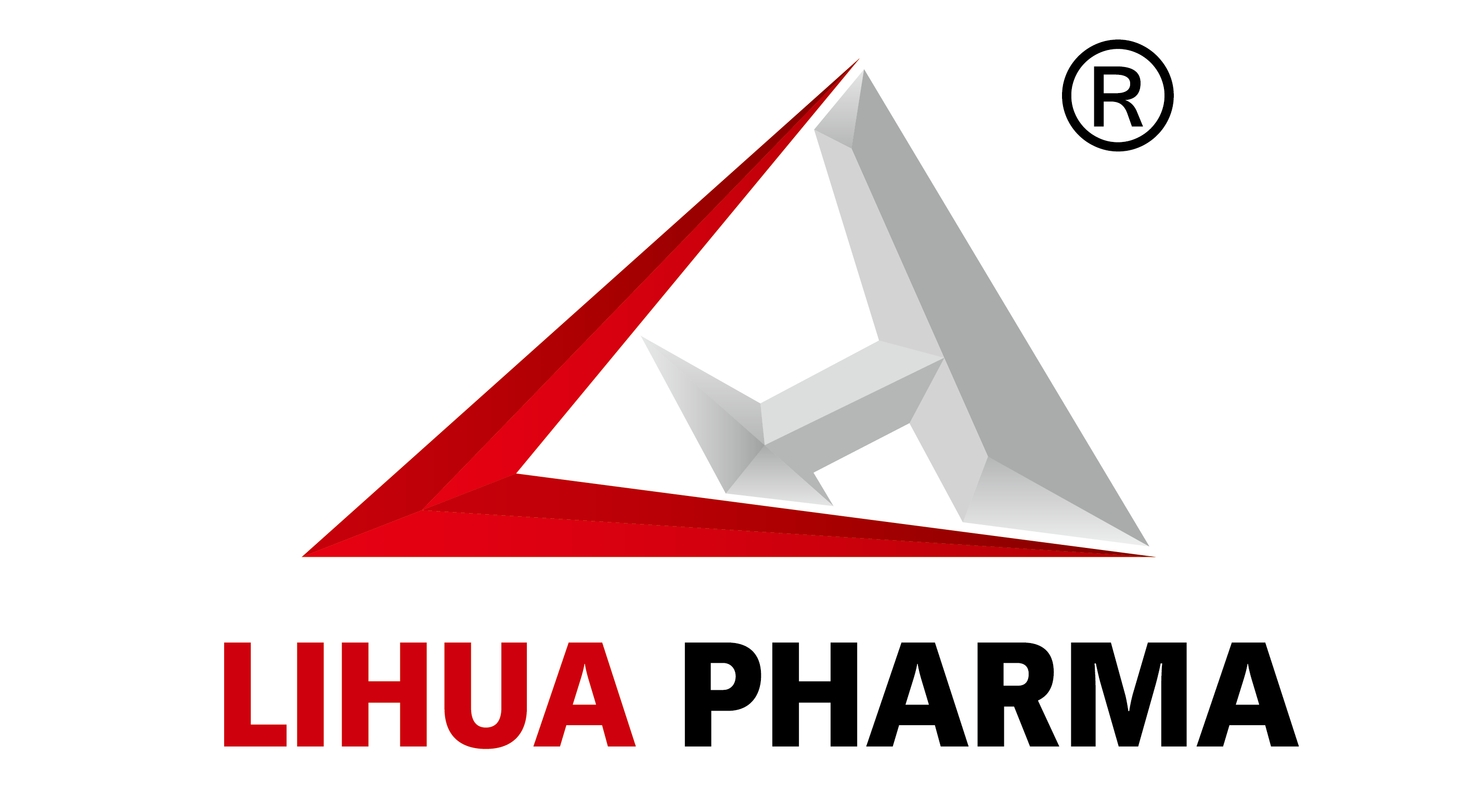How to Improve Veterinary Drug Quality Management
Consistent and high-quality drug management is a crucial aspect of veterinary medicine. Ensuring that the drugs administered to animals are safe, effective, and of high quality is essential for the health and well-being of our furry friends. However, maintaining the highest standards in veterinary drug quality management can be a complex and challenging process. we will explore some key strategies to improve the quality management of veterinary drugs.
1. Stay Informed and Updated:
The field of veterinary medicine is constantly evolving, with new drugs and treatments being developed regularly. It is essential for veterinary professionals to stay informed about the latest advancements in drug development and quality management. Keeping up with the latest research, industry guidelines, and regulatory requirements will help ensure that veterinary drug management practices are up to date and in line with the highest standards.
2. Establish Clear Protocols:
Clear and well-defined protocols for drug procurement, storage, administration, and disposal are essential for maintaining high standards in veterinary drug quality management. Establishing standardized protocols ensures consistency and accountability in drug management practices, helping to prevent errors and ensure the safety and efficacy of the drugs administered to animals.
3. Training and Education:
Providing ongoing training and education to veterinary staff on drug management practices and safety protocols is crucial for improving the quality management of veterinary drugs. Ensuring that all staff members are well-trained and knowledgeable about drug handling, storage, and administration will help minimize the risk of errors and ensure that drugs are managed in accordance with the highest standards.
4. Quality Control and Monitoring:
Implementing regular quality control measures and monitoring systems is essential for ensuring the quality management of veterinary drugs. Regular inspections of drug storage facilities, inventory audits, and monitoring of drug administration practices can help identify and address any potential issues or deviations from quality management protocols.
5. Collaboration with Suppliers:
Building strong relationships with reputable drug suppliers and manufacturers is essential for ensuring the quality of veterinary drugs. Collaborating with trusted suppliers who adhere to strict quality control measures and regulatory standards is crucial for sourcing safe and effective drugs for animal patients.
6. Adherence to Regulatory Requirements:
Compliance with regulatory requirements and industry standards is non-negotiable when it comes to veterinary drug quality management. Ensuring that all drug management practices are in line with regulatory guidelines and industry best practices is essential for maintaining high standards and protecting the health and safety of animals.
In conclusion, improving the quality management of veterinary drugs is essential for ensuring the safety and efficacy of treatments for animal patients. By staying informed, establishing clear protocols, providing training and education, implementing quality control measures, collaborating with suppliers, and adhering to regulatory requirements, veterinary professionals can maintain the highest standards in drug management practices. Ultimately, these efforts contribute to the overall well-being and health of our beloved animal companions.
Post time: Dec-14-2023


